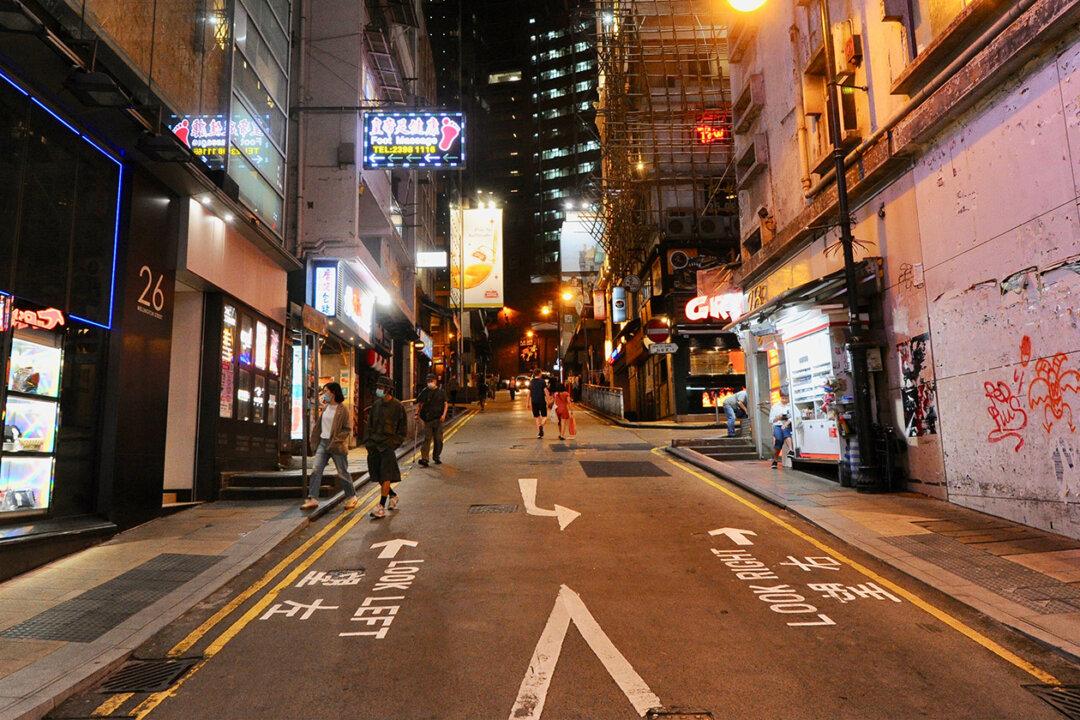Hong Kong was once renowned for its vibrant “night economy,” nicknamed “The City Never Sleeps.” However, three years into the pandemic, while various sectors have gradually returned to pre-pandemic norms, Hong Kong’s “night economy” is yet to be revived. The bar industry has reported a 20 percent decline in business compared to the pandemic period, trailing behind other dining establishments. Additionally, changes in spending patterns among mainland Chinese tourists, a decrease in overnight visitors, and increased competition from neighboring regions have all contributed to the lackluster state of Hong Kong’s “night economy.”
The term “night economy” refers to economic activities that primarily involve residents and tourists and occur between 6 p.m. and 6 a.m. the next day, covering a wide range of businesses such as dining, bar entertainment, shopping, fitness, movies, concerts, various cultural and entertainment activities, night market vendors, and street performances. This colorful nightlife, known as the “light economy,” symbolizes vitality and fashion in major cities and is a significant tourist attraction. Nearly half of the spending in many big cities takes place at night, and it is believed that the rate is even higher in Macau.




